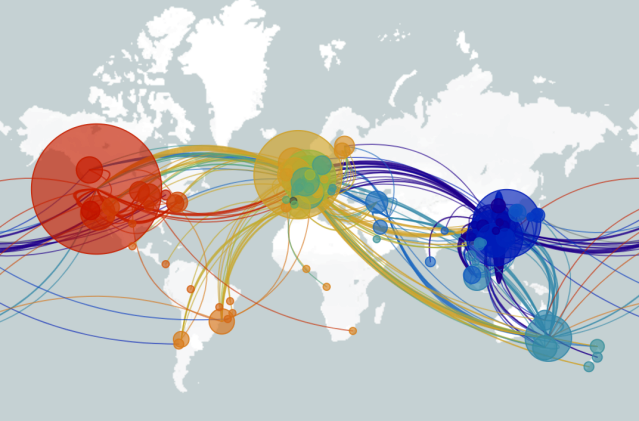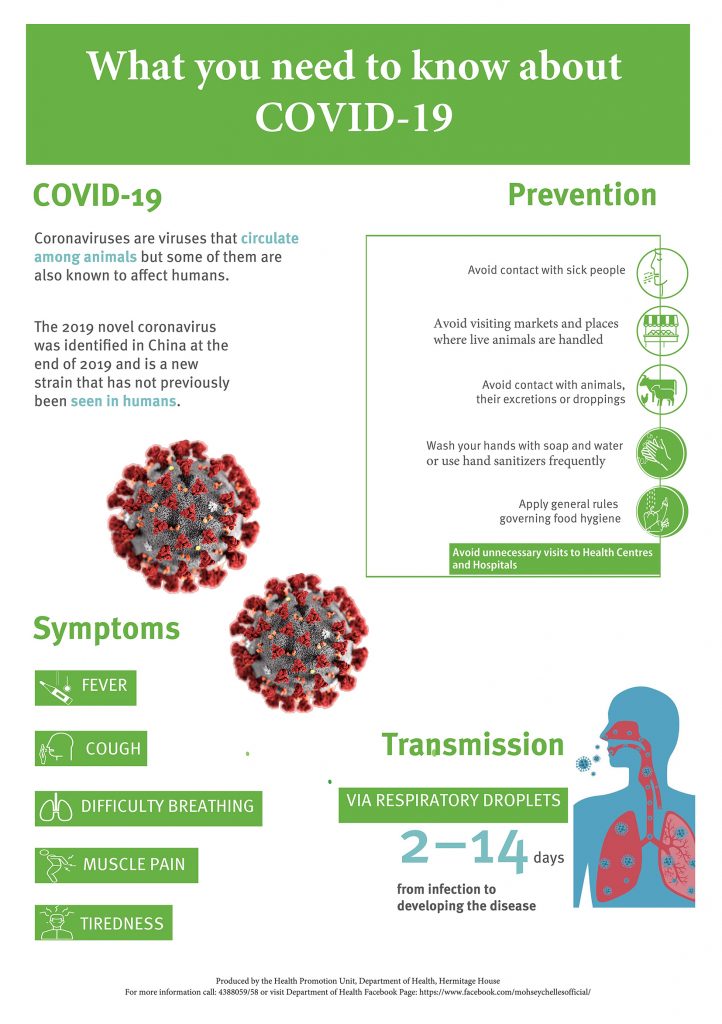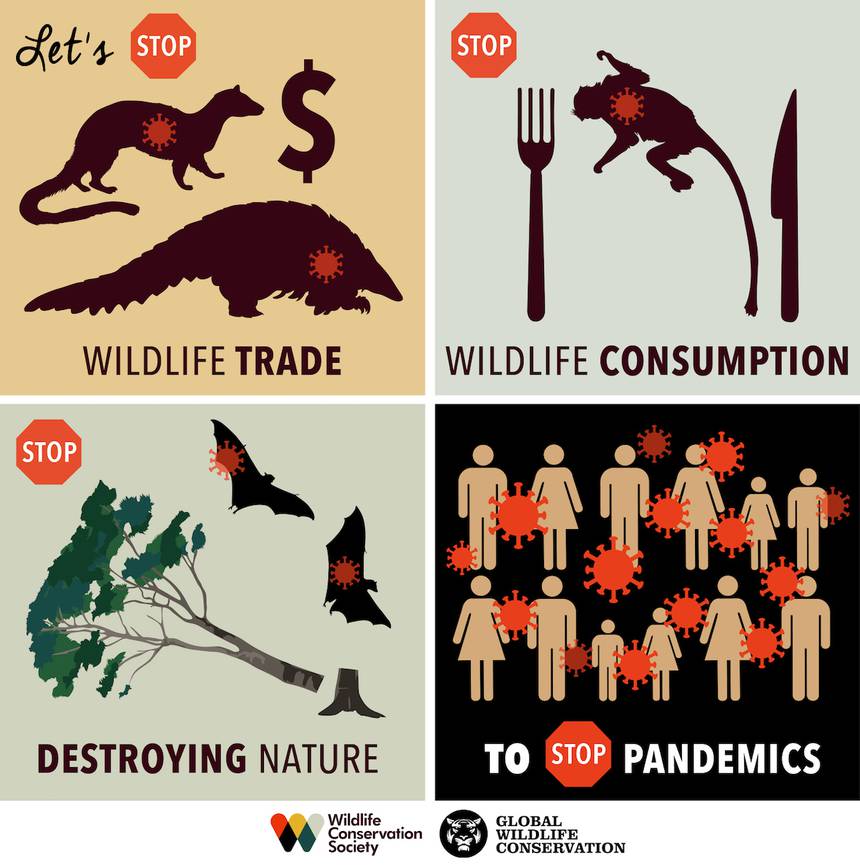Modeling of SARS-CoV-2 spread in Hunan, China showed that a minority of people infected with COVID-19 transmitted most infections. More than half of infections were spread before infected people developed symptoms. The findings could help inform better policies to control the spread of COVID-19 while balancing economic impact.
Link to article: https://www.nih.gov/news-events/nih-research-matters/study-examines-measures-slow-covid-19-spread





